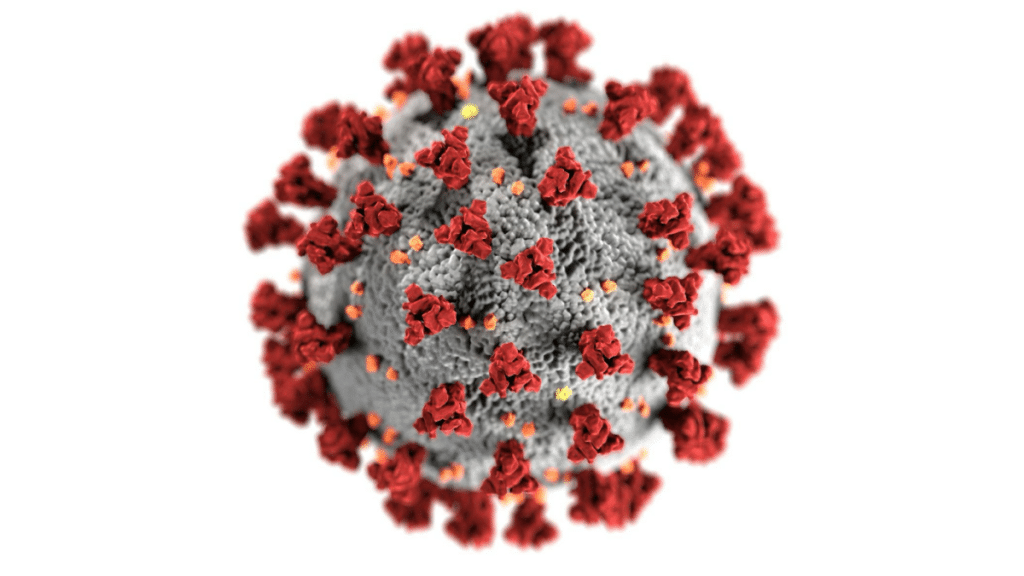The COVID-19 Effect on Touchless Dispenser Adoption
The global COVID-19 pandemic reshaped public hygiene standards, placing a stronger emphasis on minimizing cross-contamination. This shift accelerated the adoption of touchless dispensers, which transitioned from a convenient option to a critical necessity in public and commercial facilities. Howard noted, “COVID-19 underscored the urgent need for better hand hygiene, pushing businesses and individuals to rethink their sanitation practices.” Pre-pandemic, touchless dispensers were gaining ground, but the health crisis spotlighted their essential role in mitigating risk and promoting safer public spaces.
The surge in demand for touchless technology was further driven by operational challenges such as labor shortages, supply chain disruptions, and rising costs. These obstacles prompted facilities to look for cost-effective, efficient solutions. Touchless dispensers emerged as vital tools, enabling businesses to reduce product waste, manage resources better, and streamline labor efforts, ensuring they met their hygiene and operational goals.
Why Touchless Dispensers Are a Facility Essential
Modern facility managers balance the need for enhanced cleanliness with resource management. Touchless dispensers excel in achieving both. As Howard put it, “Touchless dispensers effectively minimize contamination while delivering cost and resource efficiency.” By allowing users to access paper towels, soap, or sanitizer without physical contact, these dispensers help contain and protect products, making them ideal for high-traffic areas.
Another significant advantage lies in controlled dispensing. Touchless systems provide precise amounts of product, which minimizes waste and reduces expenses. This feature aligns with sustainability goals and helps custodial teams reduce the frequency of refills, boosting productivity and overall operational efficiency.
Innovations Elevating Touchless Technology
Recent advancements in touchless dispenser technology have emphasized both user and operational benefits. Newer models are designed with ease of use in mind, featuring accessible mechanisms for custodians and clear indicators like warning lights or transparent view windows for real-time monitoring of product levels. Notable innovations include dual-roll paper towel dispensers that prioritize smaller rolls to reduce waste and minimize paper jams.
Soap dispensers have also evolved, now featuring closed systems with sealed nozzles and recyclable refill options that don’t require disassembly. “Despite all the progress, the one thing dispensers can’t do is refill themselves,” Howard quipped, highlighting the significant strides in automation and convenience.
Integrating Smart Monitoring Systems
Touchless dispenser monitoring systems have seen a notable increase in adoption, with GP PRO reporting record demand during 2020 and 2021. According to Howard, touchless paper towel dispensers experienced demand spikes of up to 25% above pre-pandemic averages, reflecting a keen focus on enhanced hygiene and operational efficiency. These systems allow facilities to track dispenser usage, ensuring optimal supply levels and helping to streamline maintenance.
Emerging Trends and the Future of Touchless Dispensers
Howard predicts that touchless dispensers will become the norm in public facilities over the next five years, driven by their proven benefits in addressing labor and efficiency challenges. Innovations in dispenser design will likely include greater unit capacity, simplified user interfaces, and improved training for facility teams. “The momentum from the pandemic has set touchless technology on a path to becoming standard practice,” Howard said, noting that this trajectory will align with industry goals for enhanced cleanliness, sustainability, and cost management.
Conclusion
Touchless restroom dispensers are now indispensable in public and commercial facilities, thanks to their role in promoting hygiene and streamlining operations. The COVID-19 pandemic accelerated their adoption, but continued innovation ensures they will remain central to facility management strategies. Companies like GP PRO are leading the way, promising a future where touchless technology is more effective, sustainable, and responsive to the evolving needs of the industry.
